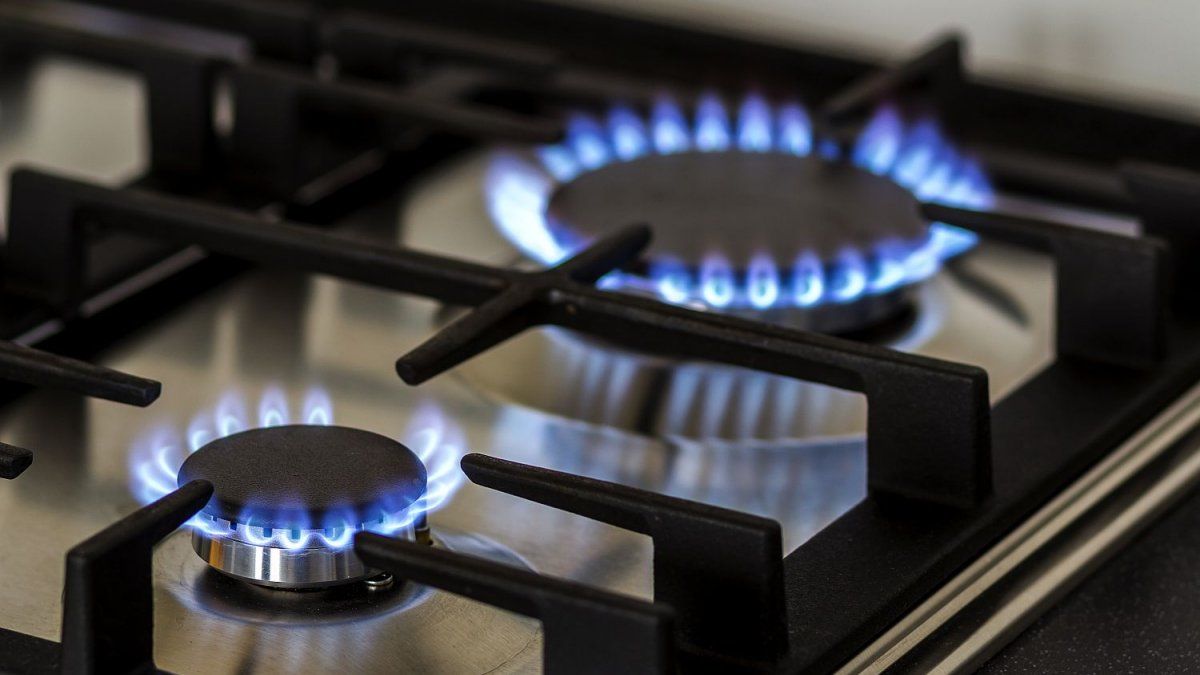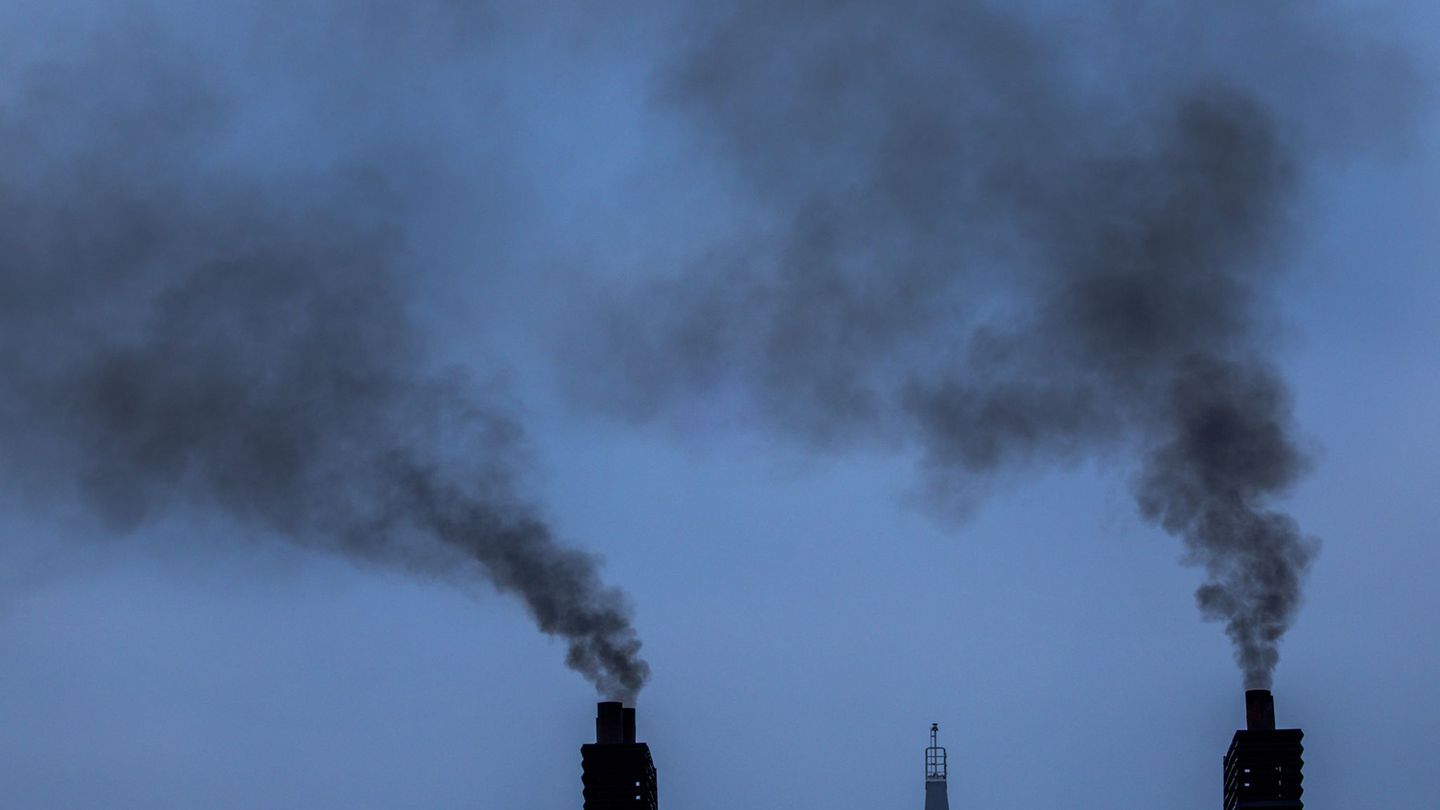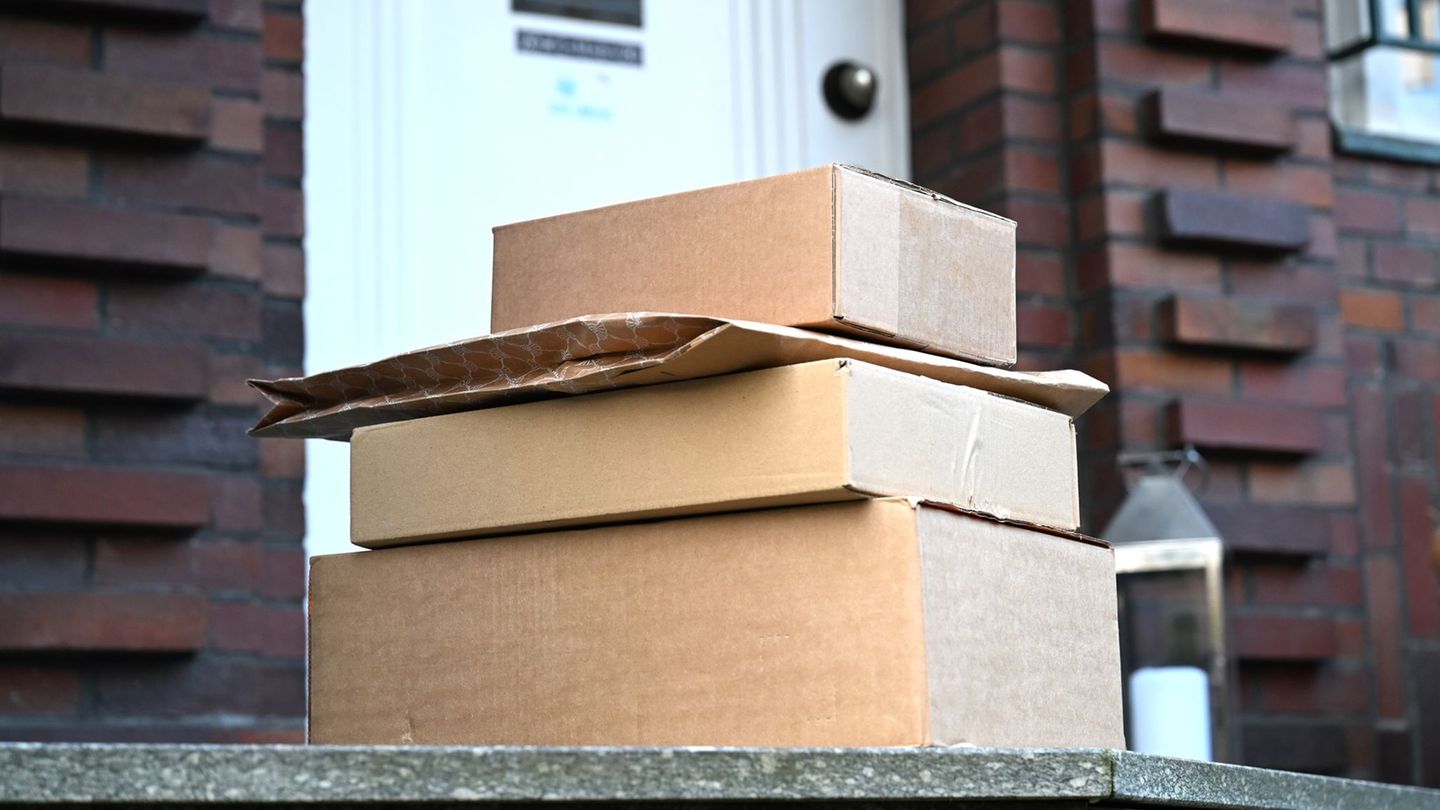Last Wednesday, Decree 465/2024 was published. There it was determined that between July 1 and November 30the Ministry of Energy will apply a gradual reordering of monetary resources of the State allocated to the cost of wholesale prices of electricity and gas.
But the increases are coming forward. This was confirmed to Ambit: Next month a reduction of subsidies will begin for N2 (low) and N3 (medium) users.
The components of the wholesale prices of electricity – Seasonal Price (PEST) – and gas – at the Point of Entry to the Transportation System (PIST) – for these users remain at November values, because the Government made the decision to moderate its updating from the beginning of the management and prioritize the recomposition of the profitability of transport and distribution companies (VAD).
In this way, low-income electricity consumers have their electricity subsidized. 95.86% of the PEST price, registered at $2,981 per MWh, while for average incomes the subsidy reaches 88% (up to the subsidized limit of 400MWh), with a price of $8,201.
At the same time, despite official indications to the contrary, high-income users -N1- or those who did not register for RASE, maintain the 38.33% of the wholesale price of electricity -$44,401 MWh- subsidized.
The same happens with gas: middle-income users keep 80% of the PIST price subsidized, located at US$1.14 per MMBTU in Buenos Aires. Meanwhile, low-income residential areas have 86% of the price in the same area – US$ 0.77 – covered by the State.
Meanwhile, bills for gas service have been recorded in recent days with increases of up to 400%, as a result of the latest tariff table published in April, which highlights an update in the transportation service – towards consumption centers – and distribution. to businesses, industries and homes. In turn, consumption per seasonal period usually multiply up to four times more than in March, according to the specialist Julian Rojo.
Thus, carriers, such as TGN and TGSand distributors, such as Metrogas, Naturgy, Camuzzi, GasNor and Gas Coastthey had updates of around 500%.
Now, the second round of increases will come from the generators, so the State can continue cutting fiscal resources. “Increases were made with which people think that at least solve the fiscal deficit, and no. “It is a lying sacrifice.”explains a source in the sector.
In that sense, he understands that the consequence of having postponed the increases in this sector is “an unpayable deficit” which was resolved by restructuring the debt with the bond offered and “all the legal contingency around” that the measure implies. In addition, transporters and distributors were authorized a monthly update, which is suspended, generating the risk of another conflict due to breach of contracts.
Entering the month of July, the Government’s objective will be to target subsidies to guarantee the most vulnerable sector minimum consumption of electricity and gas through the implementation of the Basic Energy Basket (CBE), which could arrive in November.
Under this logic, although The transition period includes discounts for low (N2) and medium (N3) income users, it is the same sectors that will be initially affected because The Decree eliminates the limit that prevents applying increases that exceed 40% and 80% of the Salary Variation Coefficient (CVS), respectively.
Also The inclusion criteria in each of the segmentation levels established during the management of Martín Guzmán will be reviewed at the head of the Ministry of Economy. Likewise, the Ministry of Energy may establish a single category of residential users who require assistance to access “essential” energy consumption.
As of April, An average AMBA household without subsidies spent $118,825 to cover its energy, transportation and drinking water needs.according to the IIEP UBA-CONICET institute.
The figure denotes an increase of 295% compared to last December, update of transportation rates, electricity, natural gas and water, whose service increased 209% in AMBA and is the only one that will maintain monthly updates so far.
According to the agency, the breakdown shows an average expense of $27,924 in electricity $40,906 on gas bills, $20,631dand water and $29,364 transportation, such as a bus ticket.
Source: Ambito




